Located approximately 100 kilometers from Karachi lies another historical gem of Pakistan, called Makli. Makli is located close to Thatta, which used to be the capital of lower Sindh till the seventeenth century.
Designated as a United Nations World Heritage site in 1981, Makli is one of the largest necropolises in the world. Measuring approximately 8 km in diameter, it holds the graves of approximately 125,000 rulers, Sufis and many others. During my visit to Makli, I even remember seeing graves of children and animals buried alongside their owners.
Makli is a site to behold. The necropolises has on display masterpieces of intricate stone carvings over the gravestones and mausoleums, some of which date back to the 14th century.
Makli has graves and mausoleum from the times of Samma (1340-1520), the Arghun (1520-1555), the Tarkhan (1555-1592), and the Mughal (1592-1739) dynasties.
Although there are several stories about how this vast graveyard came about, most historians have are of the opinion that the cemetery began with the shrine of a fourteenth-century Sarwa, Muhammad Hussain Abro, and then grew around it.
The presence of shrines of some revered people has given the place a religious decorum, which it doesn’t actually deserve at all and – as is customary in interior Sindh – no grave or graveyard is without its ‘malangs’ and self-proclaimed ‘baba’s’. It is usually recommended to stay away from them when visiting Makli, or keep one’s hand over one’s wallet at all times.
The Beautiful and Varied Architecture
For historians and art lovers alike, it is the intricate designing of the tombs and the shrines that is fascinating as this necropolis contains four centuries of artistic craftsmanship from the Sammas, Arghuns, Tarkhans and Mughals dynasties.
The tomb of the King Jam Nizamuddin II and the mausoleum of Isa Khan Hussain II are similar and display an integrated Hindu and Islamic motifs. Whereas there are also mausoleums which show strong Central Asian influence, suggesting they are from the Tarkhan and Moghul dynasties; for example, the tomb of Jan Beg Tarkhan.
The largest tomb is of Isa Khan Tarkhan who passed away in 1644. The tomb is a two storey building made of stone and has majestic cupolas and balconies.
If we are to believe folklore, the cemetery is named after a woman called “Mai Makli”. The tale continues that she was a very pious woman who prayed with such devotion that her prayers saved Thatta from being conquered by Sultan Feroz Shah Tughlaq; i.e. till she was alive. Her grave also is in Makli.
Makli is an amazing place to visit and a must see for everyone who is a history buff. Let’s just hope that it soon gets the much needed preservation it now requires.

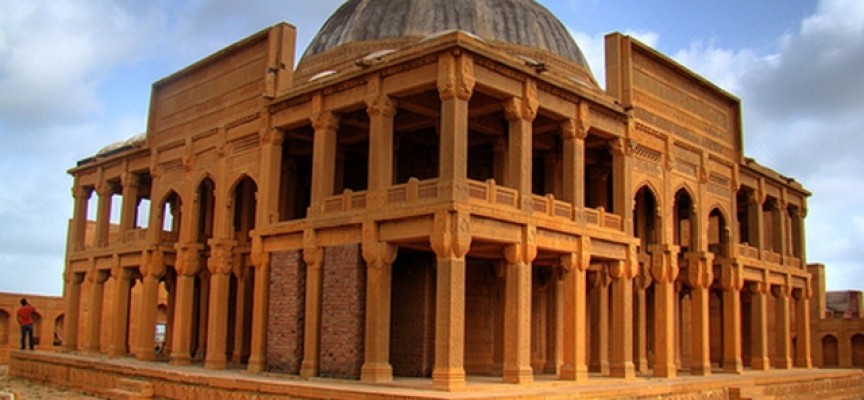

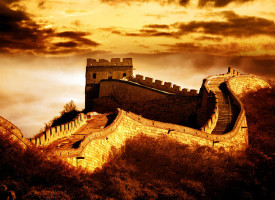
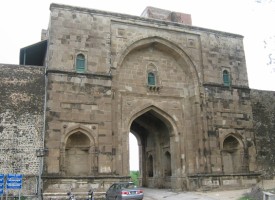
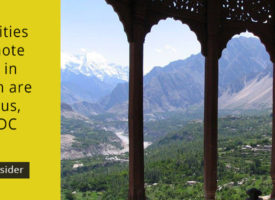

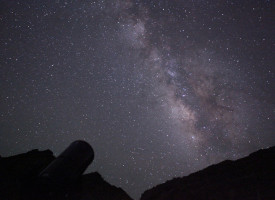
No comments!
There are no comments yet, but you can be first to comment this article.